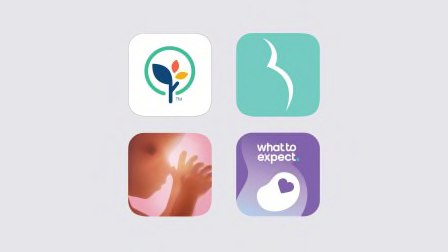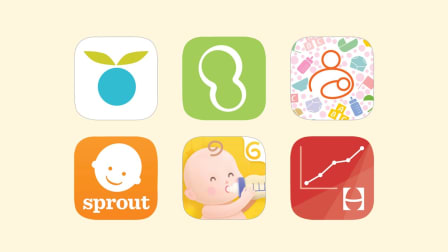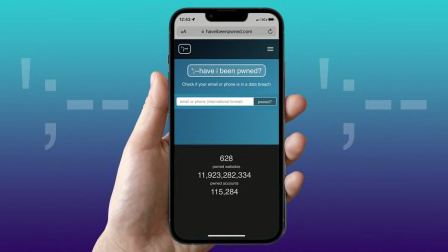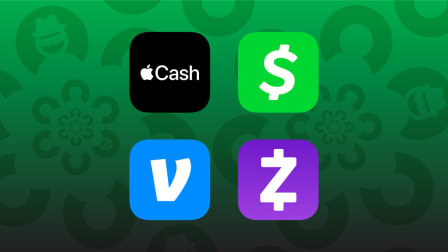Want to Dump Your Yahoo Email? Here's How
Moving thousands of messages and hundreds of contacts isn't as hard as it seems

The latest twist in Yahoo's 2013 data breach could prompt many consumers with Yahoo email addresses to switch services—that is, if the company's previous security lapses haven't already sent them toward the exits.
Yahoo's new parent company, Verizon, has now said that all 3 billion user accounts were likely compromised in a data breach that began in August 2013. Last year, Yahoo disclosed that 500 million accounts had been hacked, and later amended the number to one billion. The stolen information includes names, phone numbers, birth dates, passwords, and security questions that could be used to reset passwords.
1. Open the New Email Account
Email service providers are more than happy to nab one another’s customers, so many offer features to import data from one service to another.
If you're switching to Gmail from another service, click “Import Mail and Contacts” under the Accounts and Import tab and enter your account credentials; Google can pull from Yahoo, Outlook, and AOL.
Outlook.com settings include a “Connected Accounts” feature, which can pull email from as many as 13 separate accounts. You’ll have to go to another menu to sync contacts: Select “People” in the main Outlook Mail menu, then go to “Manage” > “Import Contacts.”
Switching to Yahoo—if anyone wants to do that—takes a little more work. You have to enable an export setting in your old account first. In Gmail settings, for instance, select “Enable POP for All Mail” in the Forwarding and POP/IMAP Settings tab. Then in Yahoo, go to the Options tab, then Mail Accounts, then Add. Importing contacts is much simpler: Just click on the Contacts tab and click on “Import Contacts.”
If you check email in a browser, that's all you need to do. But if you also make use of your computer's built-in email software, read on.
2. Sync Your Desktop Clients
Both Windows and the Mac operating system have native mail and contacts clients that can sync data with online accounts. If you use those built-in tools, you need to tell them about your new email account.
In Mail for Windows 10, select “Manage Accounts” in Settings, then click “Add Account.” If you use Google’s two-step authentication feature (and you should), you may have to log in and give Windows permission to access your account.
Once you’re logged in via Mail, the People and Calendar apps will have access to the account as well.
Similarly, in macOS High Sierra, you can add email, contacts, and calendars all at once; in System Preferences select Internet Accounts and follow the on-screen prompts.
3. Use a Backup Service
This step is optional. But in addition to switching to a new account, you may also want to save an archive to a hard drive. This will give you access to your old emails even if you're offline.
If that's what you’re after, consider downloading or signing up for third-party software specifically designed to capture and save emails.
MailStore Home, for one, is a free piece of Windows software that can back up mail from any internet account, servers such as Microsoft Exchange, or email clients, including Mozilla Thunderbird. The tool creates an archive that lets you search both messages and attachments, and it has a one-click export feature that can restore emails in bulk or individually.
For remote access to your email data, consider the Dropmyemail service, which, for $1.67 a month, will keep a secure, searchable archive of your emails in the cloud. Once it's synced with an email account (the service supports all the top email providers), you can download and restore messages or migrate them to a new server.
4. Bonus Advice: Don’t Forget Flickr!
If you use the popular photo-sharing site, remember that your Yahoo credentials are also your Flickr credentials, so deleting Yahoo will also wipe out your pics.
To download your photos, go to Camera Roll view; click “Select All” and then “Download.” You’ll be left with a .zip archive file, which you can extract on your desktop or upload to Google Photos.



















